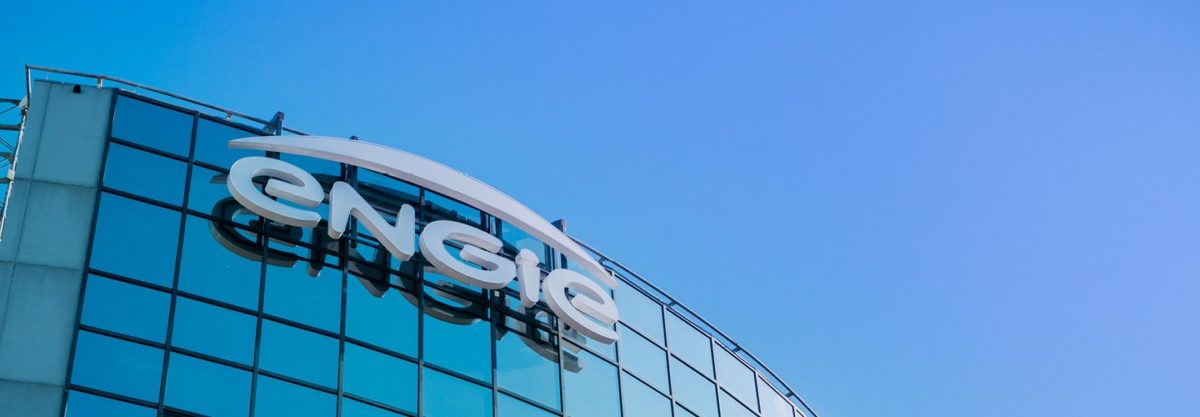According to Reuters, French energy giant Engie is looking to hurry its ascendency in Australian renewable investment in wind and solar with a 2,000 MW fund.
The planned fund would invest in 2,000 MW of wind and solar farms over the next ten years, though that figure is inclusive of approximately 800-1000 MW of renewables already in the pipeline.
Engie is confident it can attract one or more partners to invest in the fund as there is a hunger from international and domestic industry as well as pension funds and the finance community.
Engie looks to be betting on a winning horse in this regard. In August, IFM Investors, which owns or co-owns infrastructural assets on behalf of seven million working Australian members of industry superannuation funds, signalled the changing of the tide in pension and financial fund investment toward renewables with unprecedented 2030 emissions targets.
Engie’s determination to establish its renewable fund is welcome news to the Australian renewable market where many are worried the lack of federal energy policy post-2020 is enervating investment.
A report released last month by public policy think-tank Grattan institute echoes similar reports by the Clean Energy Council and BIS Oxford Economics which show a drop in renewable energy investment to levels not seen since the Tony Abbott era which the reports’ authors blame on the federal policy vacuum.
Nevertheless, Engie ANZ CEO Augustin Honorat has noted that the inevitability of Australia’s energy transition, because of its abundance of natural resources and the elderly predicament of its coal-fired infrastructure, means a friendly investment environment is not a case of if but when.
Engie is indeed so confident in this eventuation that it shut its Hazelwood coal-fired power plant and sold its other Australian coal-fired power plant in 2017 as part of a global exit from coal.
Engie’s long-time investment partner in Australian renewables, Japan’s Mitsui & Co is also set to contribute to the fund, though specifics on the size of the fund or contributions have not yet been given.
Funds of this nature are some of the main drivers of the energy transition. AGL Energy’s Powering Australian Renewables Fund (PARF), developed in partnership with Queensland Investment Corp, aims to develop and own approximately 1,000 MW in large-scale renewable projects through it’s $2-3 billion pockets.
Similarly, in the public sector, the successful Clean Energy Finance Corporation (CEFC) is encouraging like-developments. In a recent report from the Smart Energy Council (SEC) entitled “Future North”, it is suggested that the North Queensland region requires a similar fund for its sustainable development.
This content is protected by copyright and may not be reused. If you want to cooperate with us and would like to reuse some of our content, please contact: editors@pv-magazine.com.









3 comments
By submitting this form you agree to pv magazine using your data for the purposes of publishing your comment.
Your personal data will only be disclosed or otherwise transmitted to third parties for the purposes of spam filtering or if this is necessary for technical maintenance of the website. Any other transfer to third parties will not take place unless this is justified on the basis of applicable data protection regulations or if pv magazine is legally obliged to do so.
You may revoke this consent at any time with effect for the future, in which case your personal data will be deleted immediately. Otherwise, your data will be deleted if pv magazine has processed your request or the purpose of data storage is fulfilled.
Further information on data privacy can be found in our Data Protection Policy.